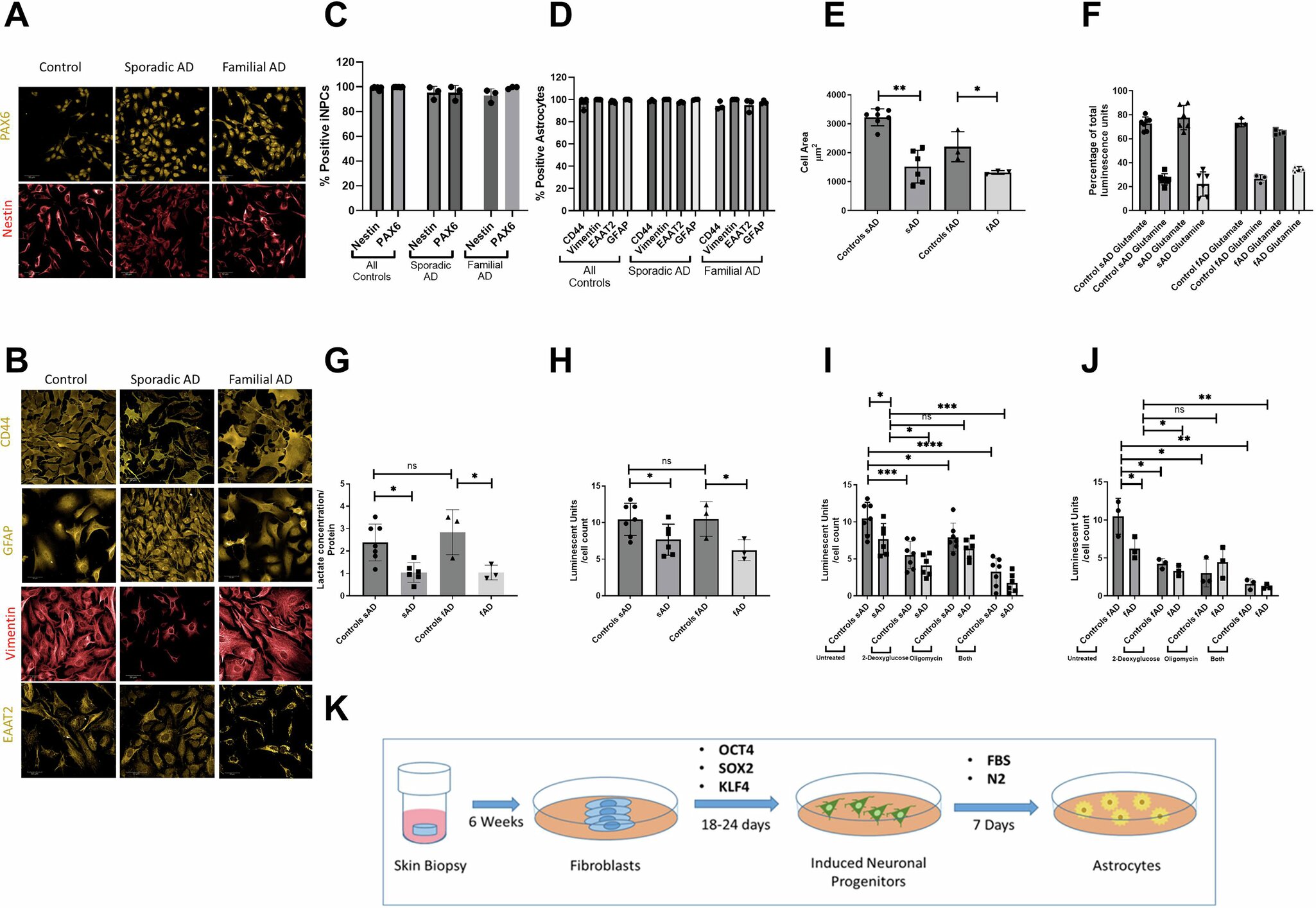Cerebral Palsy (CP) is a common disability among children, characterized by abnormal gait patterns and the inability to maintain posture and balance. While the condition is incurable, physical therapy treatments can go a long way in improving movement and balance. One such treatment approach is hippotherapy (HPOT), which uses horse riding to improve functional mobility in children with CP. Although supported by scientific studies as an effective treatment approach for (CP), there is, unfortunately, little data concerning how HPOT results in improvement.
Recently, a team of researchers from Korea and the United States addressed this question, investigating physical interaction metrics between horses and children with CP during HPOT. “My original research interests lie in the rehabilitation of people with neurological impairment, specifically gait and balance. However, I did not know about hippotherapy until rather recently in 2016. After realizing how effective it is in treating children with CP, I was motivated to explore it further,” explains Dr. Pilwon Hur who headed the study from the Gwangju Institute of Science and Technology (GIST) in Korea. This paper was made available online on September 6, 2021, and was published in Volume 18 Issue 132 of the Journal of NeuroEngineering and Rehabilitation.
The research team studied four children with CP over the course of eight physical therapy sessions. They placed sensors on the horses and children to record their movements and track their acceleration and angular velocity. They found that the data from the horses and children began to resemble each other as time progressed, indicating a synchronization between the horse and the rider. They also gave the children mobility tests after each session and observed improvement in their motor skills at the end of the experiment.
“We found that physical interaction between the children with CP and the horses, characterized by the children adapting to the horse’s movement and vice versa, is extremely important for the rehabilitation to be effective,” says Dr. Hur.
Excited by these findings, the team hopes their work will provide a baseline for further research on HPOT. “To the best of my knowledge, ours is the first study to quantify these interactions and relate them to effectiveness,” says Dr. Hur. “Such an understanding would help us optimize physical therapy programs, improving the quality of life for children with CP.”

